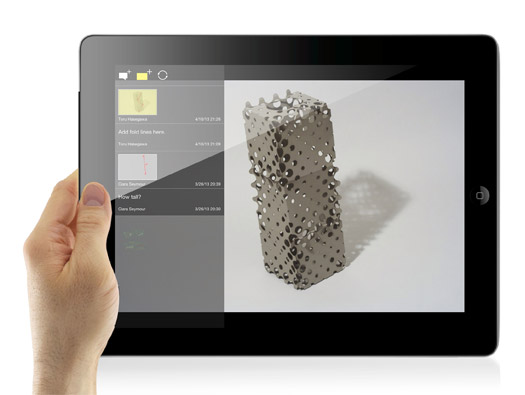Using
digital tool in design according to the original concept leads to more complex,
unexpected and unusual forms. But is it helpful?
The
digital architectural form is a new creative product of mind and digital
potentials in shaping ? It makes the revolution in architecture free. In Approches nouvelles des applications
des technologies avancées en architecture, génie civil et génie urbain :
lecture critique d'un économiste et d'un sociologue.
J. PERRIN,
J. RUFFIER we see how digital tools enable designers to be free in
creating digital architectural concepts with highest creative capability in
generating forms. However there is a paradox here. Some architects classify these radical architectures as a piece
of art that can’t repeat. It is against the traditional elements and typologies
of “natural” architecture in form, operation, purpose and aesthetic.









